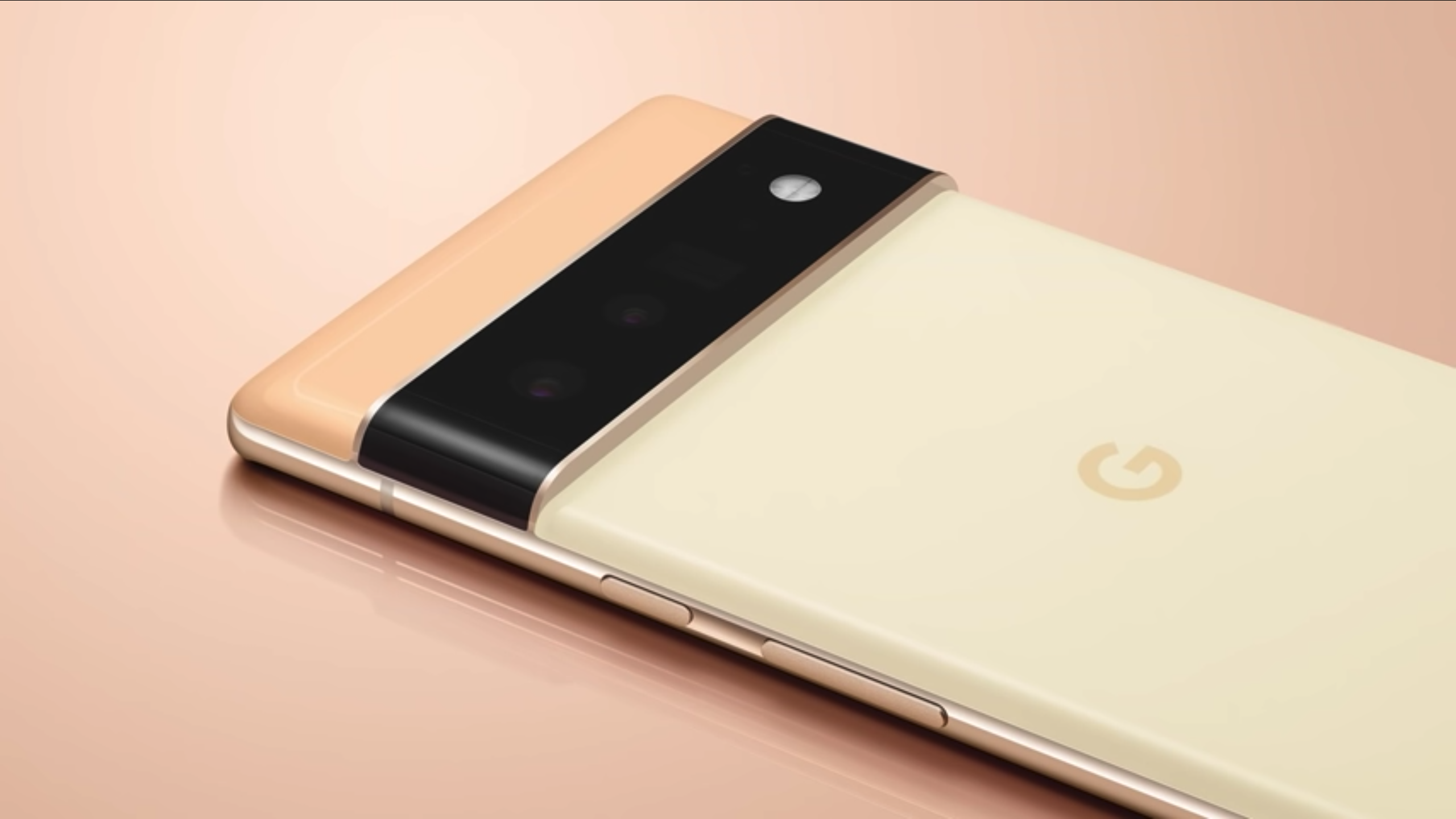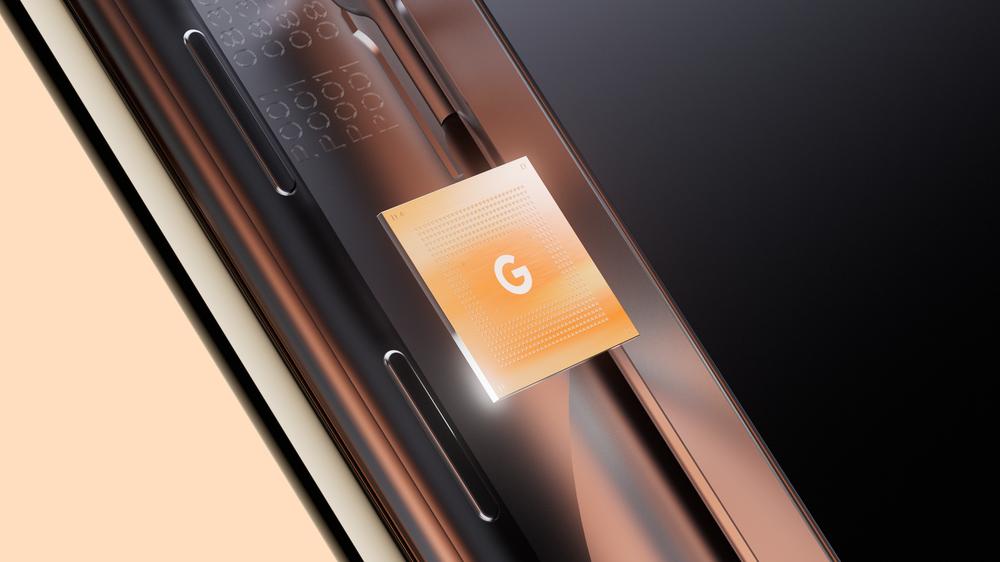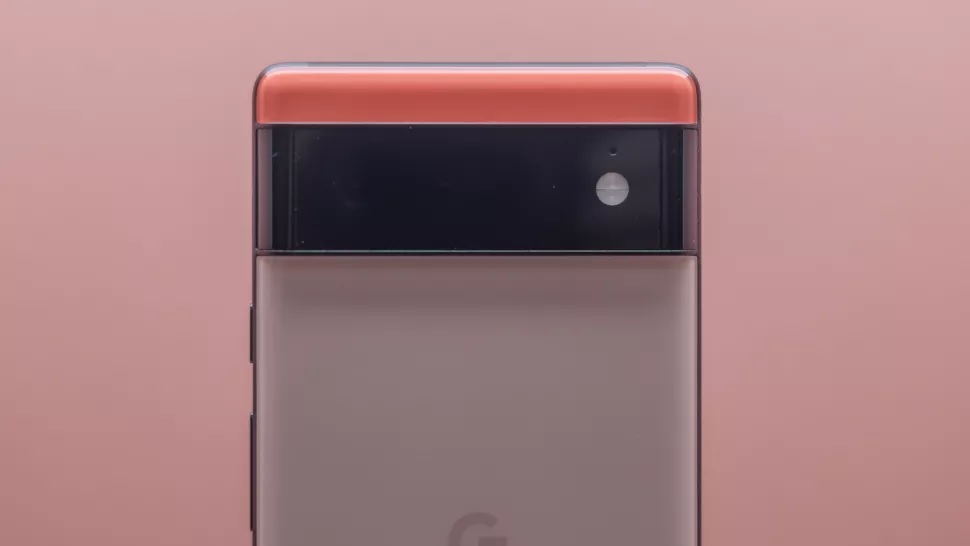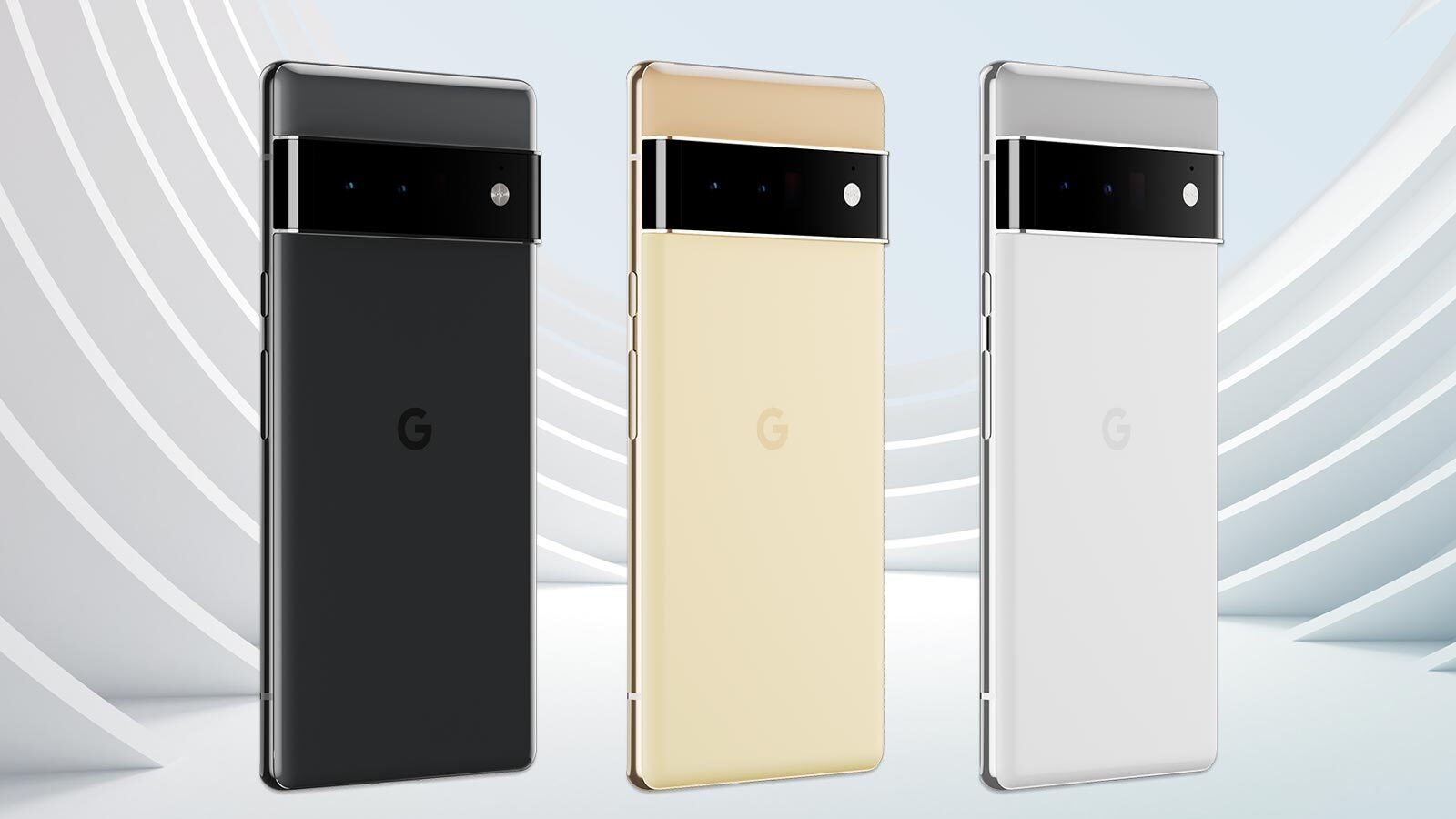Google Pixel 6 Pro — here's how it can beat iPhone 13 Pro Max
The Pixel 6 Pro can overtake Apple with these big upgrades

The Google Pixel 6 Pro looks very promising based on what Google has shared so far and all of the rumors and leaks. But the iPhone 13 Pro Max has raised the bar for phones pretty high. Actually, it’s so high that it’s now our best phone overall.
So how can the Pixel 6 Pro overtake Apple? Well, it looks to share at least some of the same specs and features, including a 6.7-inch 120Hz OLED display and telephoto camera. But the Pixel 6 Pro promises a lot more than that and could wind up being the best Android phone challenger to Apple’s throne.
Here’s how the Pixel 6 Pro could overtake the iPhone 13 Pro Max.
- Google Pixel 6 vs Pixel 6 Pro: Biggest differences
- Everything you need to know about Android 12
- Just In: Google Maps is getting a major upgrade for cyclists
Tensor chip

This is how Google will try to beat Apple at its own game. The new Tensor SoC is a direct competitor to Apple’s A15 Bionic, and while we expect it to offer swift performance in Android 12 based on leaked Pixel 6 benchmarks, that's not even close to the whole story.
Google designed Tensor to deliver new experiences to users that it simply could not do with Snapdragon Qualcomm chips. For example, the Tensor Processing Unit could make a toddler’s face less blurry in an image
Tensor should also help enhance everything from speech recognition (which could run circles around Siri) and translation to video processing of sunsets and other challenging lighting conditions.
Better cameras

The Google Pixel 6 Pro will feature three cameras, and the rumored specs are a 50MP wide camera a 48MP telephoto lens and a 12MP ultra-wide shooter. That compares to Apple’s trio of 12MP lenses on the rear of the iPhone 13 Pro Max.
Sign up to get the BEST of Tom's Guide direct to your inbox.
Get instant access to breaking news, the hottest reviews, great deals and helpful tips.
Of course, resolution is only part of the story. And Apple currently sits at the top of our best camera phone list because of its photo processing prowess. Apple also won our iPhone 13 Pro Max vs Galaxy S21 Ultra face-off. But Google is known for its computational photography chops, and we’re expecting notable improvements for the Pixel 6 Pro line.
Lastly, we're hoping for a more powerful zoom from the Pixel 6 Pro than the 3x optical zoom from the iPhone 13 Pro Max.
Faster charging
The iPhone 13 Pro Max is rated to get up to 50% battery capacity in 30 minutes with Apple’s 20W USB-C charger. And you could get to 100% even faster with a 30W charger, such as one that ships with the MacBook Air.
However, the Pixel 6 Pro is tipped to offer even faster charging that goes up to 33W. The previous Pixel 5 maxed out at just 18W. We’ll have to see how this translates to charging speed.
In addition, the Pixel 6 line will reportedly offer faster 23-watt wireless charging, compared to 15W for Apple’s MagSafe technology.
Bigger battery

According to leaked specs, the Google Pixel 6 Pro will pack a 5,000 mAh battery, compared to a 4,352 mAh battery for the iPhone 13 Pro Max (based on teardowns.). Still, the iPhone 13 Pro Max lasted a spectacular 12 hours and 16 minutes on our web surfing battery test, which earns it a spot on our best phone battery life list.
For Google to surpass Apple on battery life, the Pixel 6 Pro will need to offer an efficient display and make the most of its Tesnor chip working hand in hand with Android 12.
Sleeker design and fingerprint ID
As attractive as the iPhone 13 Pro Max is, it’s even heavier than the iPhone 12 Pro Max — and not everyone is a fan of the flat edges, which can dig into your hands when gripping the phone. Plus, while the notch is 20% smaller on this phone than its predecessor, it’s still a bit of an eye sore.
The Google Pixel 6 Pro should have a small punch hole in the top of its display, giving you more real estate. Plus, the Pixel 6 Pro is tipped to offer an in-screen fingerprint reader, which is something we wish the iPhone 13 Pro Max had. Having to constantly unlock the iPhone with a PIN code while wearing a mask gets annoying.
Mark Spoonauer is the global editor in chief of Tom's Guide and has covered technology for over 20 years. In addition to overseeing the direction of Tom's Guide, Mark specializes in covering all things mobile, having reviewed dozens of smartphones and other gadgets. He has spoken at key industry events and appears regularly on TV to discuss the latest trends, including Cheddar, Fox Business and other outlets. Mark was previously editor in chief of Laptop Mag, and his work has appeared in Wired, Popular Science and Inc. Follow him on Twitter at @mspoonauer.

